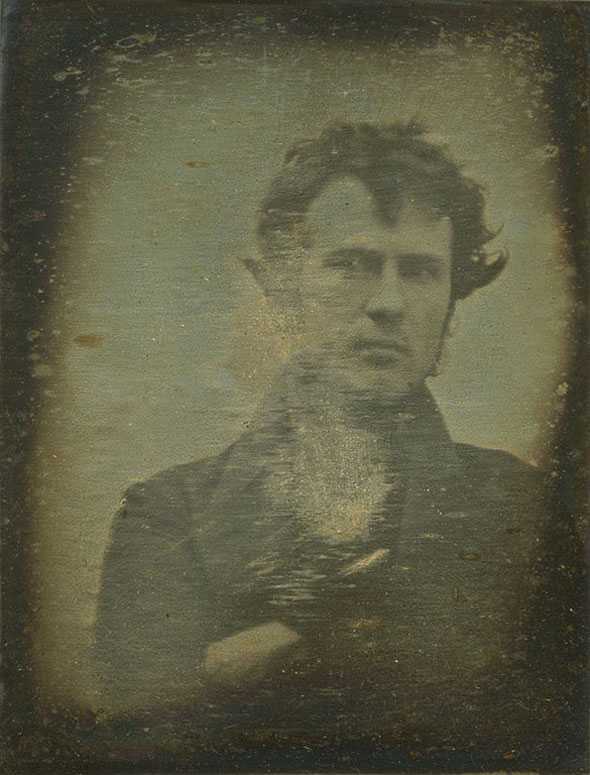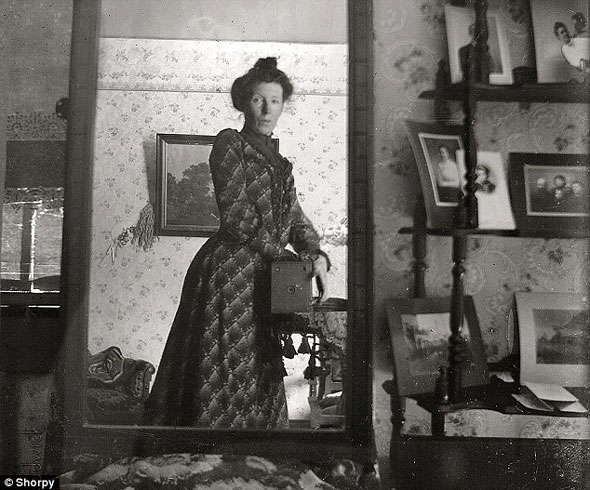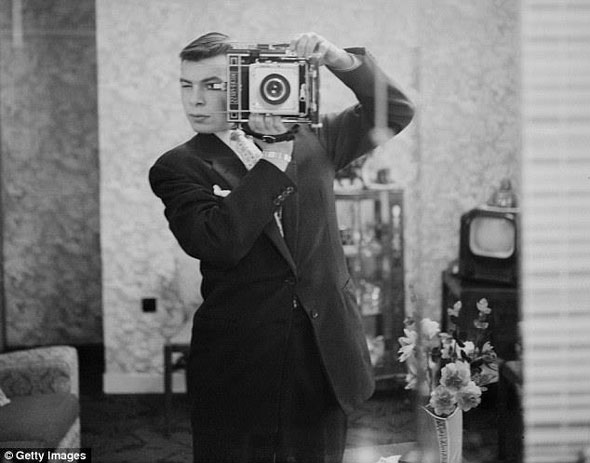By NATE THAYER
The “Selfie”: A History and Modern Cautionary Warning — In 2013, the Oxford Dictionary named “selfie” its word of the year. They define it as, “a photograph that one has taken of oneself, typically one taken with a smartphone or webcam and uploaded to a social media website.”
But the selfie is not a new phenomenon; it is also the first recorded photograph of a person known to exist.
In 1839, Philadelphia amateur chemist and photographer enthusiast Robert Cornelius took this first ever selfie image by removing the lens cap and then running into frame where he sat for a minute before covering up the lens again. On the back he wrote “The first light Picture ever taken. 1839.”

In April 2014, two months ago, scholarly publications concluded taking too many “selfies” is a cause of narcissism, addiction and mental illness, and determined it was a causal link to body dysmorphic disorder (BDD), which has a very high suicide rate.

Danny Bowman, who was diagnosed with BDD, said he was so obsessed with achieving the perfect selfie that he was spending ten hours a day, taking 200 pictures a day of himself trying to capture the perfect selfie. When he failed, he tried to commit suicide.

Psychology Today cited Dr. Pamela Rutledge as concluding that “taking selfies can be detrimental to a person’s mental health and that indulging in them is indicative of narcissism, low self esteem, attention seeking behavior and self-indulgence.”
Nate Thayer is an award-winning freelance investigative journalist and correspondent with 25 years of foreign reporting experience. He has a focus on Asia, and a specialization in modern Cambodian political history. He is a noted expert on the Khmer Rouge and was the first journalist to interview Pol Pot in almost twenty years. He has a current focus on North Korea.



